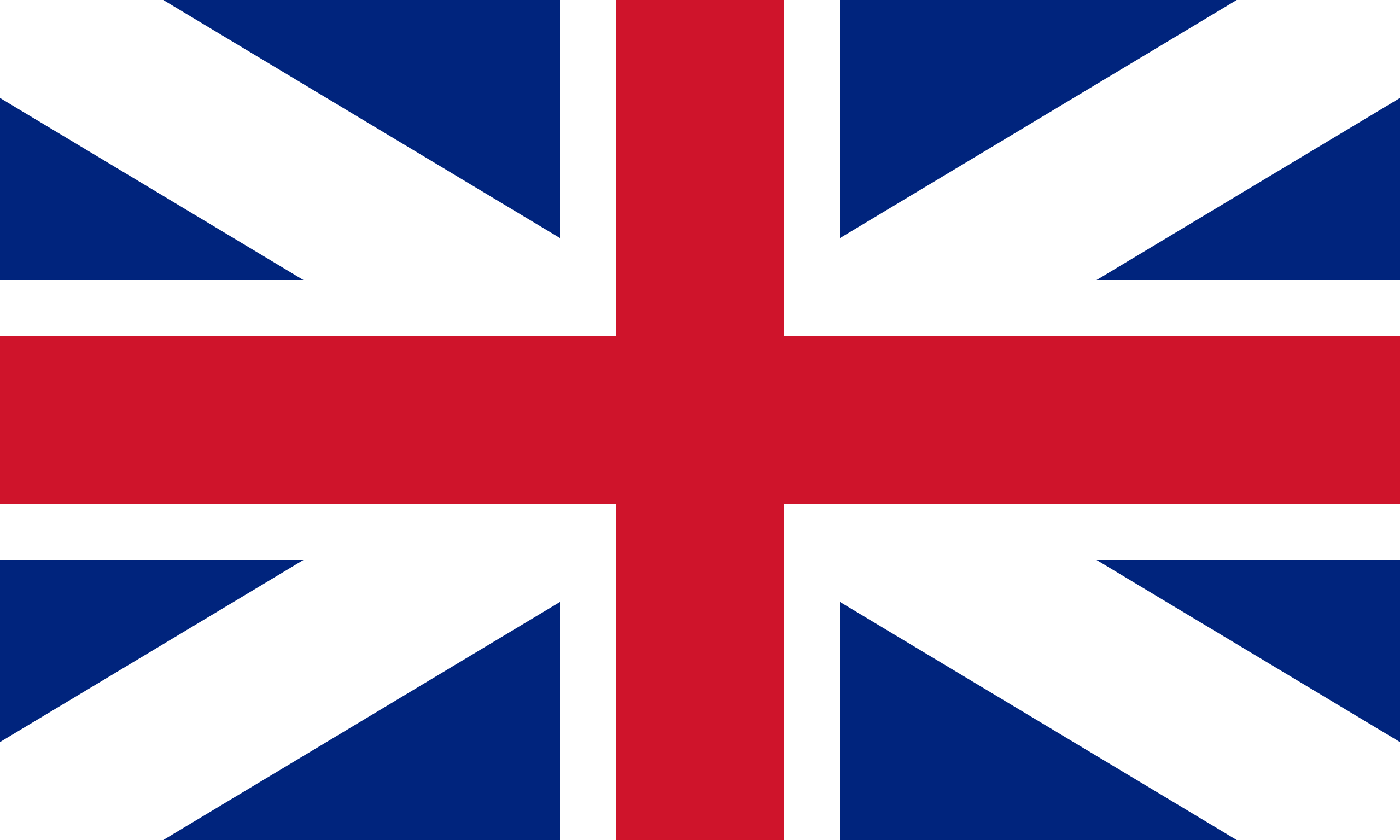Tecnologie per i trasporti
Rail Transport
Autors: Alessandro Ruvio, Nicola Mortelliti, Silvia Orchi
Transport technologies
In Italy passenger and freight rail transport is currently 75% by electric traction, which involves higher costs for fixed systems and is used on high-traffic lines, and the remaining part by diesel traction, which has lower costs in fixed systems and is used on low-traffic lines. Also in Europe there is a majority of electrified lines, even if in a smaller percentage (56%). Some innovative technologies for the recovery of electric braking energy are developing with interesting results, such as storage systems (flywheels, supercapacitors, electrochemical cells) both on board the train and in the electrical substations: hydrogen fuel cells are less polluting than diesel especially on long-distance lines where electrification isn’t convenient due to the low service frequency. Other technologies under development are "bi-mode" trains (electricity from the overhead line supplemented by hydrogen cells for the non-electrified parts), automatic train operation (tested in France and Germany) and artificial intelligence (limited by high costs). In Italy there are more than 20 railway companies that cover the passenger and freight services, even if the percentage of the total number of companies operating in the transport sector is low compared to Europe. The Ferrovie dello Stato (FS) group, the main national industrial group, suffered decreases in 2020 mainly due to the limitations on travel for the global pandemic from Covid-19. In the past years the numbers, both in passenger and freight transport, were stable but expected to grow thanks to new developments such as the construction of new High Speed (HS) railway lines and the activation of the Mercitalia Fast service, for transport freight on the high-speed lines.
22-08-2022




 Produzione e trasformazione di energia primaria
Produzione e trasformazione di energia primaria  Produzione e distribuzione di elettricità e calore
Produzione e distribuzione di elettricità e calore  Tecnologie per i trasporti
Tecnologie per i trasporti  Tecnologie per il residenziale e i servizi
Tecnologie per il residenziale e i servizi  Tecnologie per l'industria e l'agricoltura
Tecnologie per l'industria e l'agricoltura